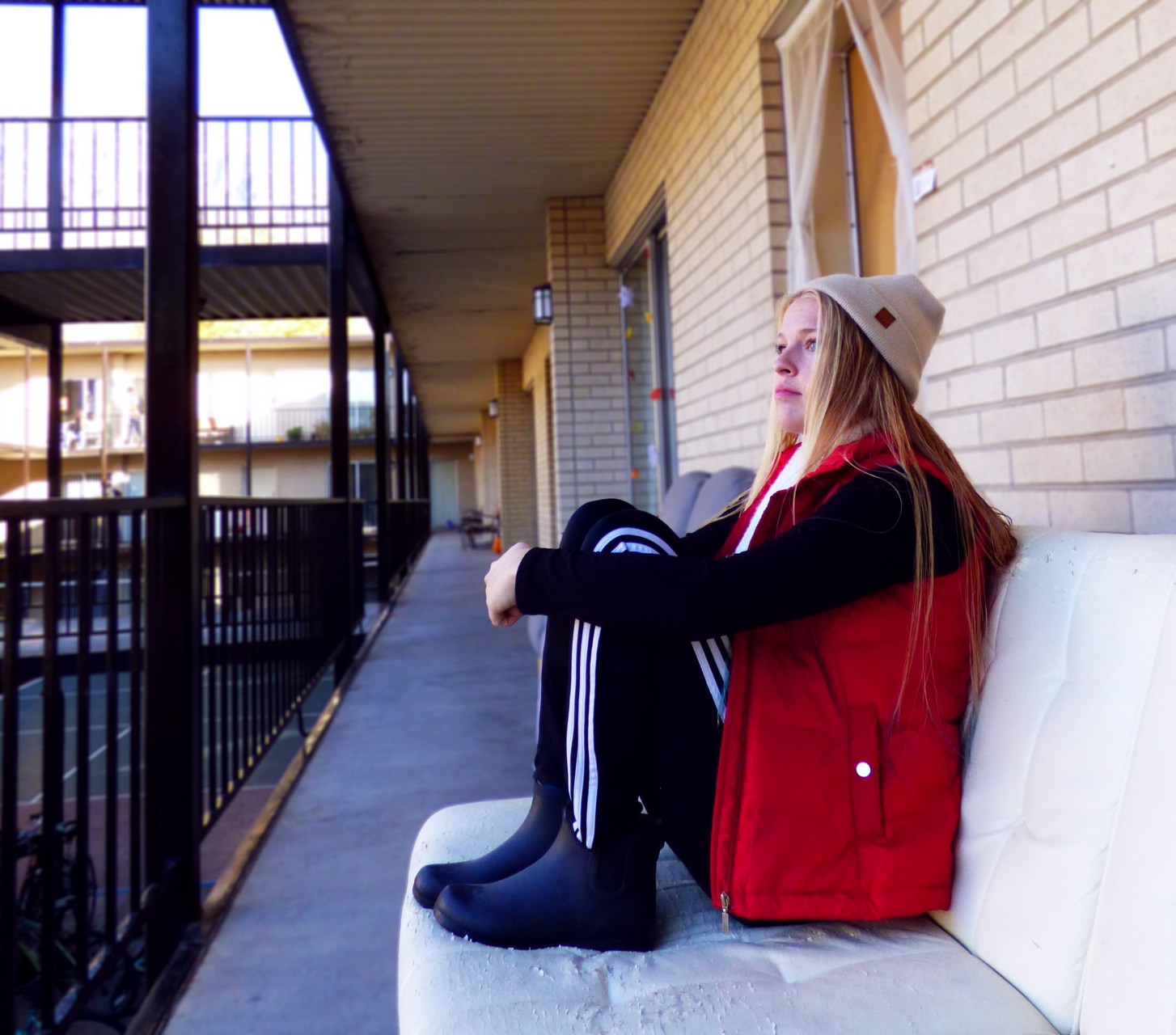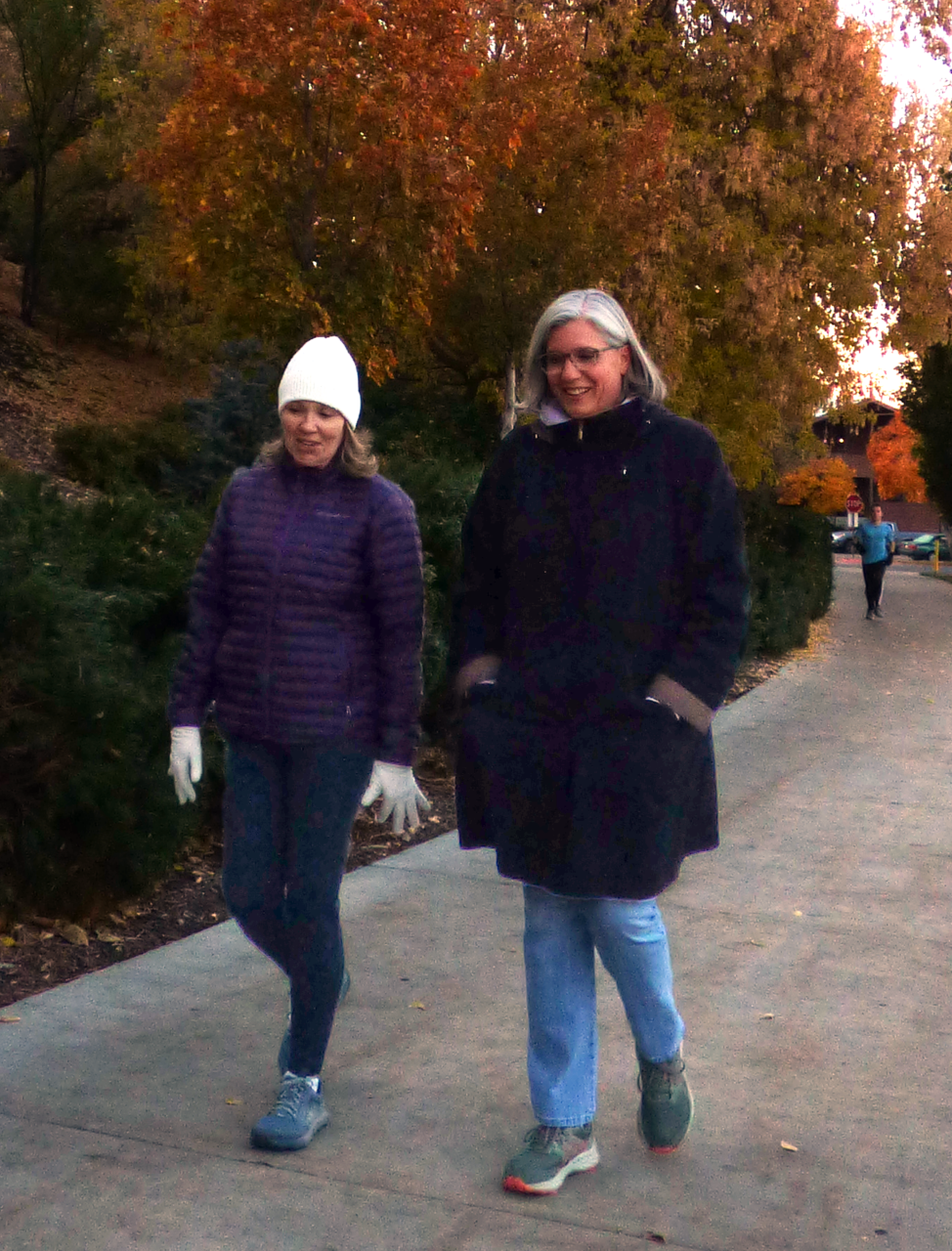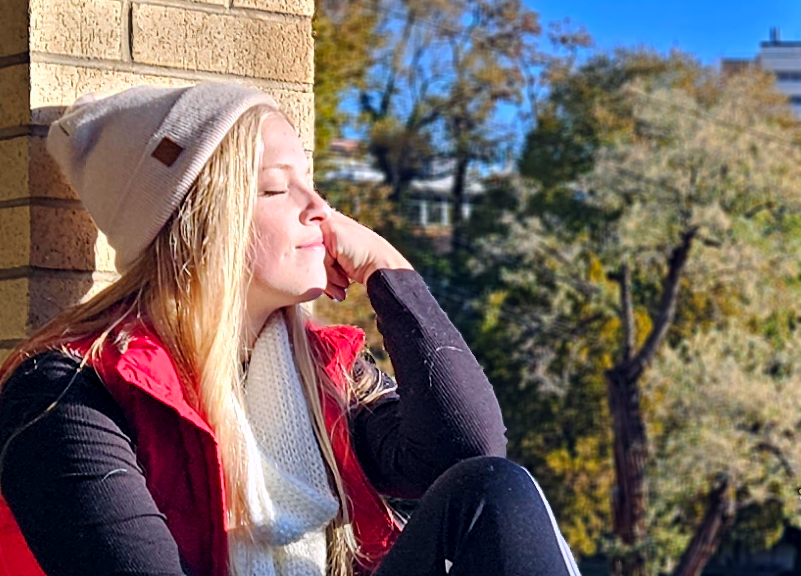The leaves are falling and there is a briskness to the air. A growing number of adults, however, find themselves feeling down, less motivated and even depressed during the fall and winter seasons.

Taking a proactive approach to Seasonal Affective Disorder is effective in reducing glum and helping people feel better, according to Michelle Warren, a psychiatric mental health nurse practitioner and owner of Sound Body Sound Mind Psychiatry and Wellness Center.
SAD is similar to depression and shares a lot of the same symptoms, Warren explained, including lack of interest or pleasure in things, feeling apathetic or down, lack of motivation and hopelessness. People who experience SAD may notice a change in sleep quality, appetite, cognitive function and focus. Many also struggle with feelings of failure and/or an increase in suicidal thoughts.
There are several reasons people tend to experience depression in the winter season. Warren explained a few of these reasons are less sun exposure, which can result in Vitamin D insufficiency or deficiency, less time in nature, less activity, poor eating practices, poor sleep health and limited social interaction.
These elements work together. Warren said creating a year-round healthy balance will combat the symptoms of SAD and other depressive disorders.
Studies have shown SAD cases are more prevalent in geographical areas where there is limited exposure to sunlight, Warren said. In the summertime, enjoying the benefit of looking into the light and watching the sunrise or the sunset has great mental health benefits.

In the wintertime, it is harder to get direct sunlight. The days get shorter and that means less sunlight, and less sunlight means lower vitamin D levels. Vitamin D plays a vital role in serotonin function — the chemical in the brain which affects the feeling of wellbeing and happiness.
“40% of Americans are considered to be vitamin D deficient or insufficient,” Warren said. “A lot of psychiatric practitioners, myself included, will recommend increasing or doubling up on on your vitamin D3 supplementation during the winter.”
However, Warren clarified an increase in vitamin D is only effective in tandem with appropriate magnesium levels, of which 68% of Americans are thought to be low. Both can be detected with a simple blood test.
Additionally, Warren said year-round healthy eating is also a factor. High-sugar, high-preservative diets cause inflammation which makes it difficult for the body to function properly.
“Choose to eat foods rich in vitamin D,” Warren said. “And make sure you’re getting good healthy proteins and fats and carbohydrates in the body.”
Warren encouraged people to increase their light exposure by turning on lamps at home and opening the curtains or blinds to let light in.
Another way to increase light exposure is through bright light therapy. Warren recommends sitting about 16 to 30 inches in front of a 10,000-lux fluorescent white light for at least 30 minutes each day. The type of light used (fluorescent) is important. “Incandescent light poses a risk to the cornea and retina,” Warren said. “So we don’t recommend that.”
Even with limited sunlight, there are great benefits in continuing to take a daily walk or run. “We can combat seasonal affective disorder by just getting outside,” Warren said.
Even though the sun is not out when she gets off work, Warren herself goes on a walk at the end of her work day to boost serotonin levels.
“I still get outside and there are still benefits to being outdoors in nature. It helps us feel calm … and relaxed.”
Shannon Nelson and Julie Woodfield have been taking morning walks together for more than 10 years. Nelson explained a brisk morning walk improves her outlook on the day.
“I just feel like I’ve got an energy level that I wouldn’t have if I hadn’t come out and gone for a walk,” Nelson said.
Both Woodfield and Nelson expressed sometimes it is difficult to find the motivation to get outside when it is cold and dark. “But I noticed a big difference when I do walk, even when it’s dark,” Woodfield said.

Woodfield shared she has noticed she has less energy and is less motivated on days she does not get outside and more hope on the days she does. “It makes me feel better all day long. It is mental health therapy, friend therapy.”
Woodfield hit on another point that Warren recommended: get outside with a friend.
“Things are always better when we are doing them with a friend. So, bundle up and take a friend with you,” Warren said.
Warren understands the struggle with motivation people have when the weather is cold and the sunlight ends sooner. She said, even though people want to stay in more, it is important to participate in social activities.
“Getting out and being with people socially naturally boosts serotonin levels,” Warren said. As is the case with Nelson and Woodfield, Warren said people benefit emotionally from engaging in therapeutic social relationships.
Another key aspect of a healthy mindset is good sleep hygiene. The Center for Disease Control recommends 8-10 hours of sleep for teenagers (per 24 hours) and seven or more for adults (per night).
“Sleep helps your brain work properly … Sleep deficiency has also been linked to depression, suicide, and risk-taking behavior,” according to the National Institutes of Health.
Sometimes preventative measures need a little extra help. “Psychotherapy can help you get your brain back on track,” Warren said. She recommends psychotherapy and anti-depressants if these other preventative measures are not enough.
Though weather will be cold and the daylight will be shortened for a season, these simple efforts can dissuade the effects of SAD and find a sense of hope, motivation and energy throughout the fall and winter.




